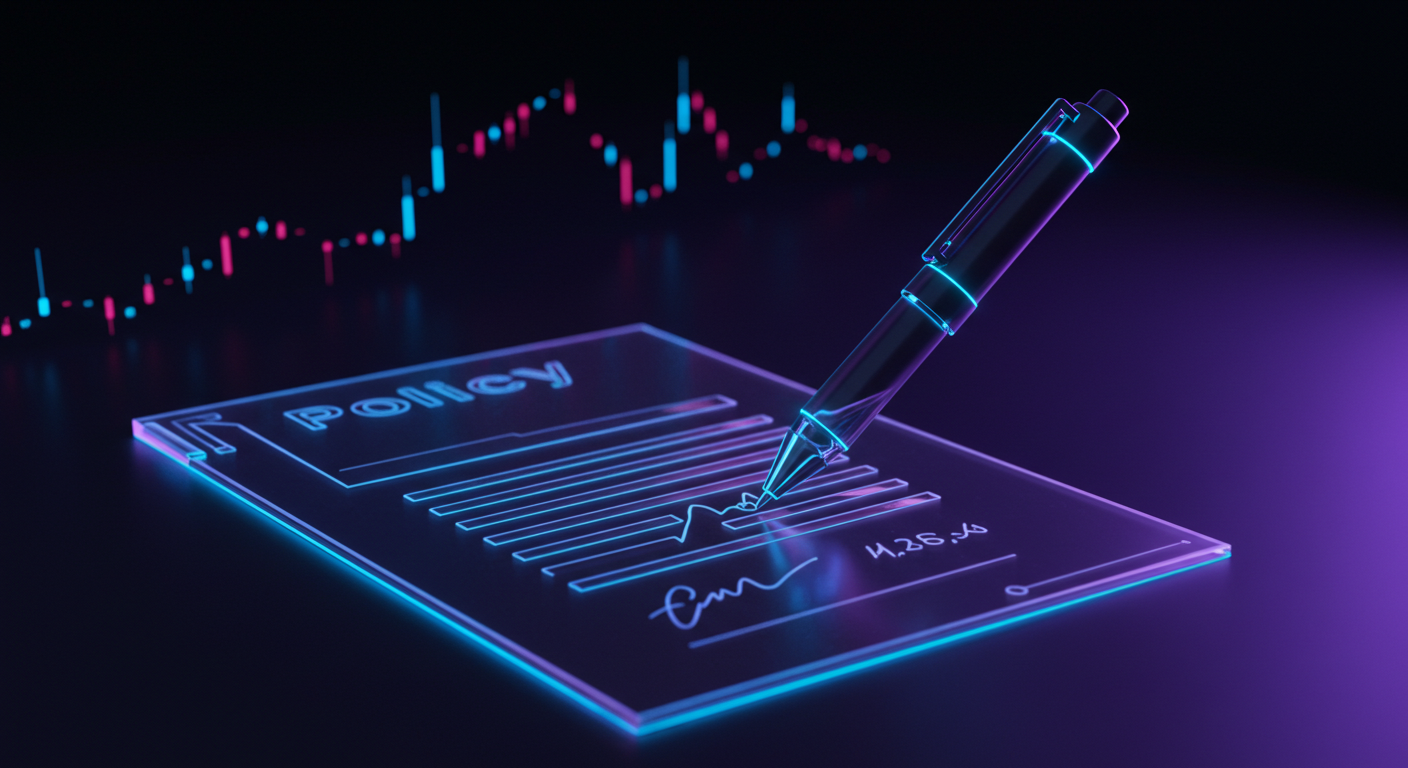
South Korea’s current account balance rose to $10.14 billion in May, up from a previous balance of $5.7 billion. This increase reflects a positive change in the country’s economic transactions with the rest of the world during that month.
The current account balance is a key indicator of a country’s foreign trade status and is composed of trade balance, net income, and direct payments. An increase suggests improved domestic economic conditions or a more favourable trade environment.
Impact On Exchange Rates And Economic Policy
Analysts often monitor such balances closely as they can impact exchange rates and economic policy decisions. Variations in these figures can influence market perceptions and economic forecasts, affecting the broader financial landscape.
The data provides insight into South Korea’s position in the global economy, potentially impacting its future economic strategies. Understanding these figures is essential for those interested in economic trends and policy-making dynamics.
South Korea’s current account swinging upward to $10.14 billion in May—almost double the previous figure—signals more than a one-off improvement. That sort of jump doesn’t happen without changes under the surface. What we’re seeing here is an indication that the combination of exports, investment income, and cross-border payments was materially better than it was the previous month. Whether this strength proves sustained is what markets will be pricing in now.
Though current account balances are often framed academically, they are far from dull sideline metrics. They cut straight to the heart of where capital flows may drift next. Using this specific data, some of us may be drawing out expectations around won stability or shifts in interest rate differentials between East Asia and other major regions. It’s too soon to say if this uptick marks a new trend or a brief exception, but the size of it will leave lasting impressions in forward pricing models.
Market Reactions And Future Implications
For those of us trading off signals and spreads, the primary question becomes one of reaction: will policymakers respond to this influx, either domestically or in coordination with international partners? The implications for carry trades and hedging strategies—especially those involving Asian currencies—are not small. Shocks to the current account, whether in surplus or deficit, tend to ripple into both options pricing and futures positioning. Getting caught flat-footed can be costly.
Hong’s office will have all eyes on them as markets open next week. The last time we saw this kind of leap, there was a gentle tightening of policy tools soon after—not dramatic, but enough to recalibrate expectations. Even in the absence of any firm moves immediately, forward guidance chatter or shifts in bond auction bid-to-covers would inform sentiment. Keep an eye not only on direct statements but also on capital inflow registrations or approvals, which soak up liquidity faster than many expect.
As we approach early Q3, traders need to remain finely attuned to unexpected divergences in trade patterns. If, for instance, chip exports or energy imports revert toward April levels, that could start to drain optimism as quickly as it built. Most pricing models still have a moderate volatility band for the won, but this latest account shift may force a rescaling. Curve steepeners in SE Asia could also shift, if more traders chase yield on the back of supposed stability here.
The increase isn’t purely a domestic phenomenon either; it’s also a mirror reflecting external demand resilience. And depending on how US and EU industrial figures move, this balance could either flatten out or push higher in the weeks ahead. That, in turn, feeds back into how counterparty risk is assessed in cross-currency derivatives and which sectors may be worth rotating into—or out of.
In short, models need updating, probabilities must be reassigned, and risk premia might deserve a second glance. The numbers speak clearly enough. It’s just a matter of listening well.







